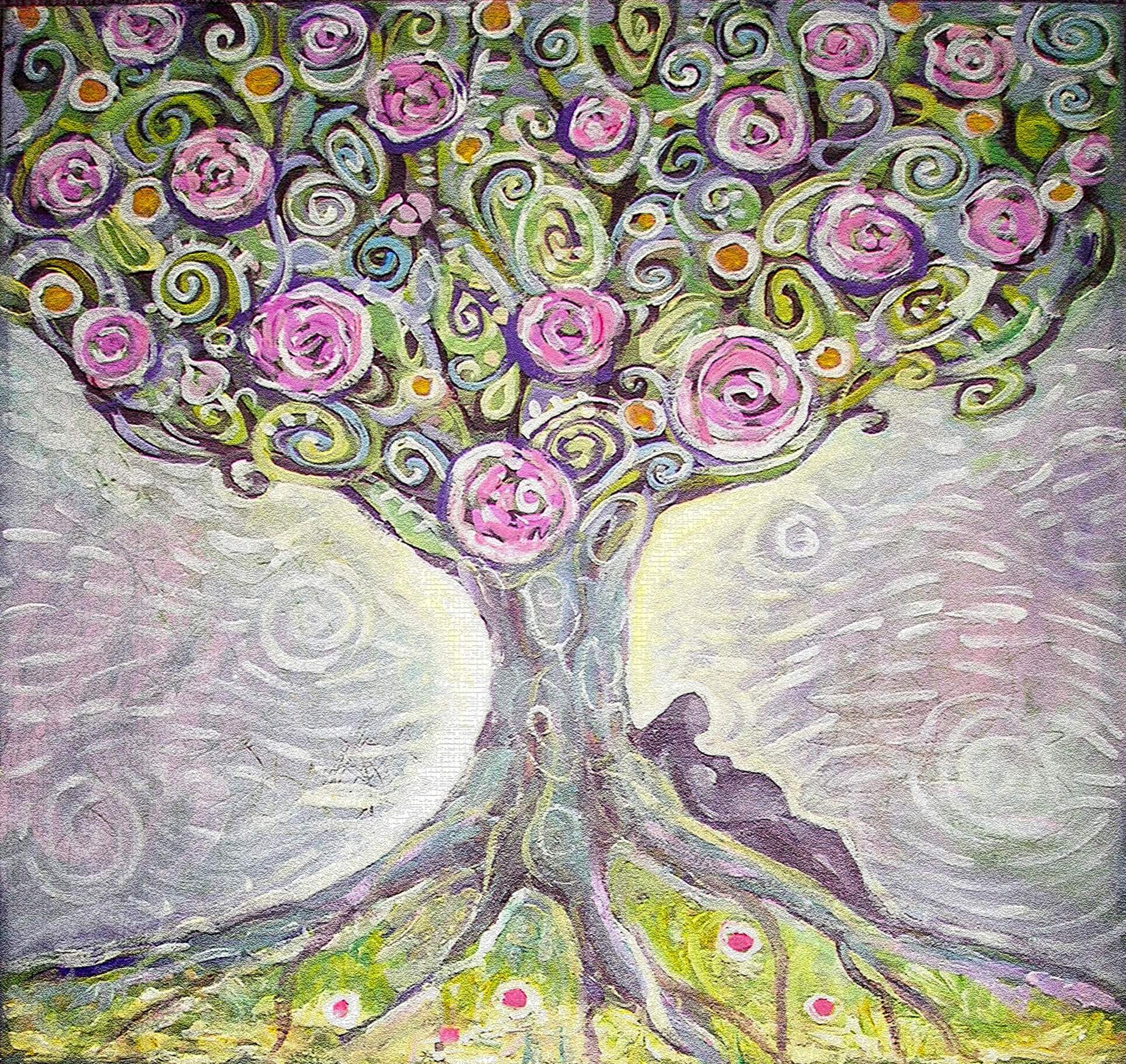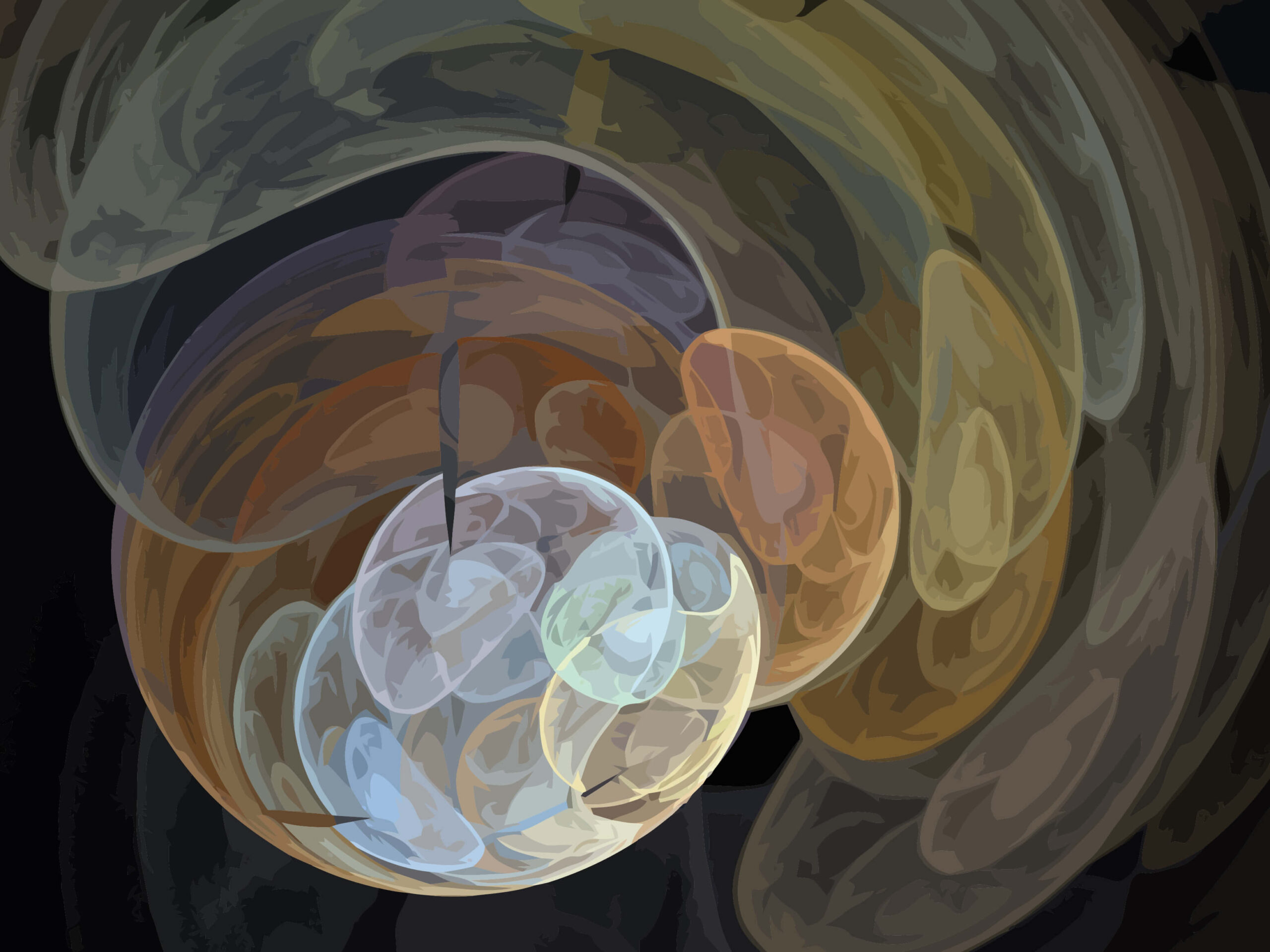The importance of relational concepts in Chinese medicine
In order to really appreciate the complexity and unity of Chinese medicine, it is important to understand the conceptual framework in which it developed. Through school, we learned and developed concepts like Yin, Yang, the Five Elements, the Twelve Jing-Luo meridians, the Eight Extraordinary Channels, and so on. We know that without understanding those concepts we would not be able to diagnose or understand how to approach and develop effective treatment plans.
It is well-known in our medicine that names are not random. The Heart is not called the Emperor by mistake. We view the Heart as the Emperor to signify its relationship and position in the processes and functions in the body. We also see this with herbs, ranking their position and effect in a formula, or point names that signify a location or a major function.
Numerology in Chinese medicine
Numbers, just like names, are quite meaningful. They relate to the inherent organization of every thing and every being. Essentially, the entire process of universal expression is found in the numerical series. Numbers have a qualitative value and not just a quantitative value. This is key for understanding the inner alchemy, the root and the underlying nature of Chinese medical science. Numbers are used to explaining the order and place of things in the world, to indicate a stage of development in the process of life, and numbers play an organizing role in the emergence and proliferation of life.
When we discuss the Six Qi or the Five Elements, the numbers associated have not been randomly assigned. They have implications and meaning in the numbers themselves. They represent complex relationships and stages of development. For example, One symbolizes the unity and the unknowable, which differentiates into two interdependent parts and processes—Yin and Yang. Two give rise to Three. And, Three gives rise to the 10,000 things.
The number three and the San Jiao
When we think about the number Three, it should not be thought of as just an additional thing; like, that there were two apples and now there are three. This is not quantity, but a process. Three is something that comes out of the interplay between one (Yin) and two (Yang). Three is the result of a union, the mixing of the two. All things can be divided into three. Three is the number of what really exists, since there is never purely yin or purely yang, there must always be the three. The blended parts of Yin and Yang always exist.
Understanding this concept of three allows for the understanding of the San Jiao (Triple Warmer), which has no form and is not actually 3 distinct burners. It is spoken about in terms of three because of its function and representation of the dynamic between the two kidneys, linked with the original Yuan Qi. The San Jiao is something with no form that gives rise to the production of all of the varieties of Qi.
The Eight Extraordinary Meridians relate to the full realization and organization of Yin and Yang Qi. Four relates to basic organization and structure, eight is a manifestation of the deep organization (Eight Extraordinary), and twelve is the complete organization encompassing all relationships with the exterior (Twelve Jing-Luo).
We can see that numerology has an important relationship to Chinese medicine. In Numerology in the Classics – Unfolding the Mystery of Life, Elisabeth Rochat de LaVallée explores the meanings of numbers and how they relate to Chinese medical philosophy. Numbers are more than just counting tools, they have deep symbolic value in understanding the theories and basis of Chinese philosophy and Chinese medicine. With a better understanding of numbers in Chinese medicine, we can incorporate the meaning to allow us to treat our patients in a better way.











